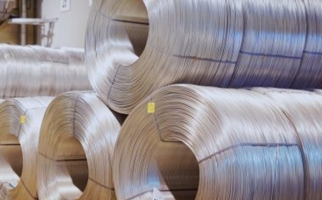
Chemistry in the Aluminum Industry
Backgrounders
Learn about the role of chemistry in the aluminum industry.
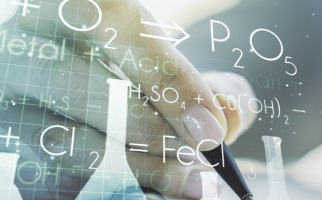
Chemical Equations
Backgrounders
Learn about how to write and balance chemical equations.
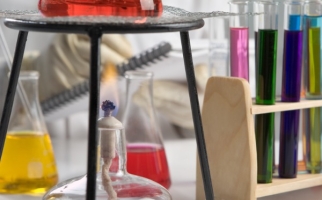
Types of Chemical Reactions
Backgrounders
Learn about the four main types of chemical reactions.
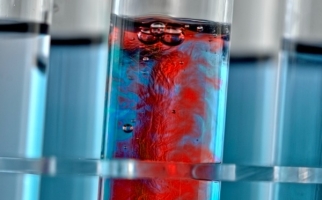
Evidence of Chemical Change
Backgrounders
Learn how to tell if a chemical reaction has taken place.
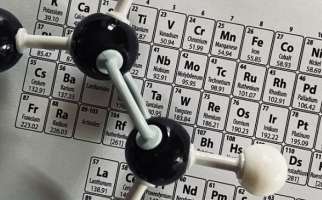
Introduction to the Periodic Table of the Elements
Backgrounders
Learn about the elements of the periodic table and how they are organized.

Introduction to the Atom
Backgrounders
Learn about the parts of an atom and its history.
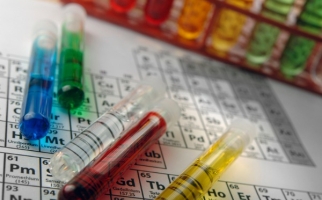
Describing and Classifying Matter
Backgrounders
Learn about the physical and chemical properties of matter.
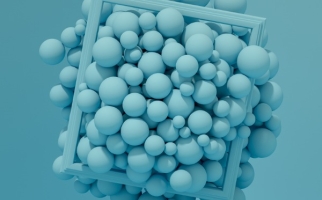
Introduction to the Particle Theory of Matter
Backgrounders
Learn about how the Particle Theory helps us understand matter.

Query a Career Profile
Lessons
Students will explore career profiles and relate them to what they are learning in science class.
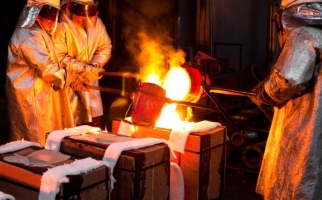
What Causes Hot Things to Glow?
STEM Explained
Getting electrons excited by heat can cause certain materials to give off visible light when heated - like filaments in light bulbs.
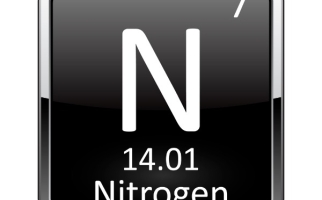
Understanding the Nitrogen Cycle
STEM Explained
What is the nitrogen cycle? How do human activities such as using fertilizer affect the nitrogen cycle? How can this cause greenhouse gases?

The Genius of Mendeleev's Table
STEM Explained
Dmitri Mendeleev’s version of the periodic table was brilliant - find out why!
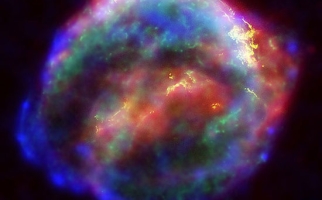
The Life and Death of Stars
STEM Explained
The life and death of stars form the chemical elements that make up Earth, making stars critical to life as we know it.
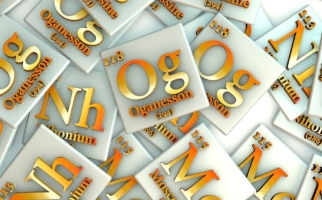
The Newest Elements on the Periodic Table
STEM Explained
The periodic table was last updated in 2016 with four new chemical elements. What is a chemical element? What is the atomic structure of the newest chemical elements? How did they get their names?
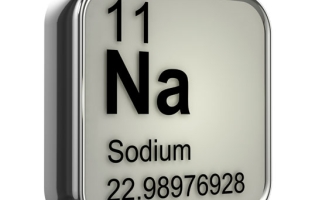
Na Na Na Na (Hey Hey Hey) Sodium!
STEM Explained
Sodium is a useful chemical element. You consume it as table salt regularly. Learn about salt mining, sodium uses, and what problems too much sodium can cause.